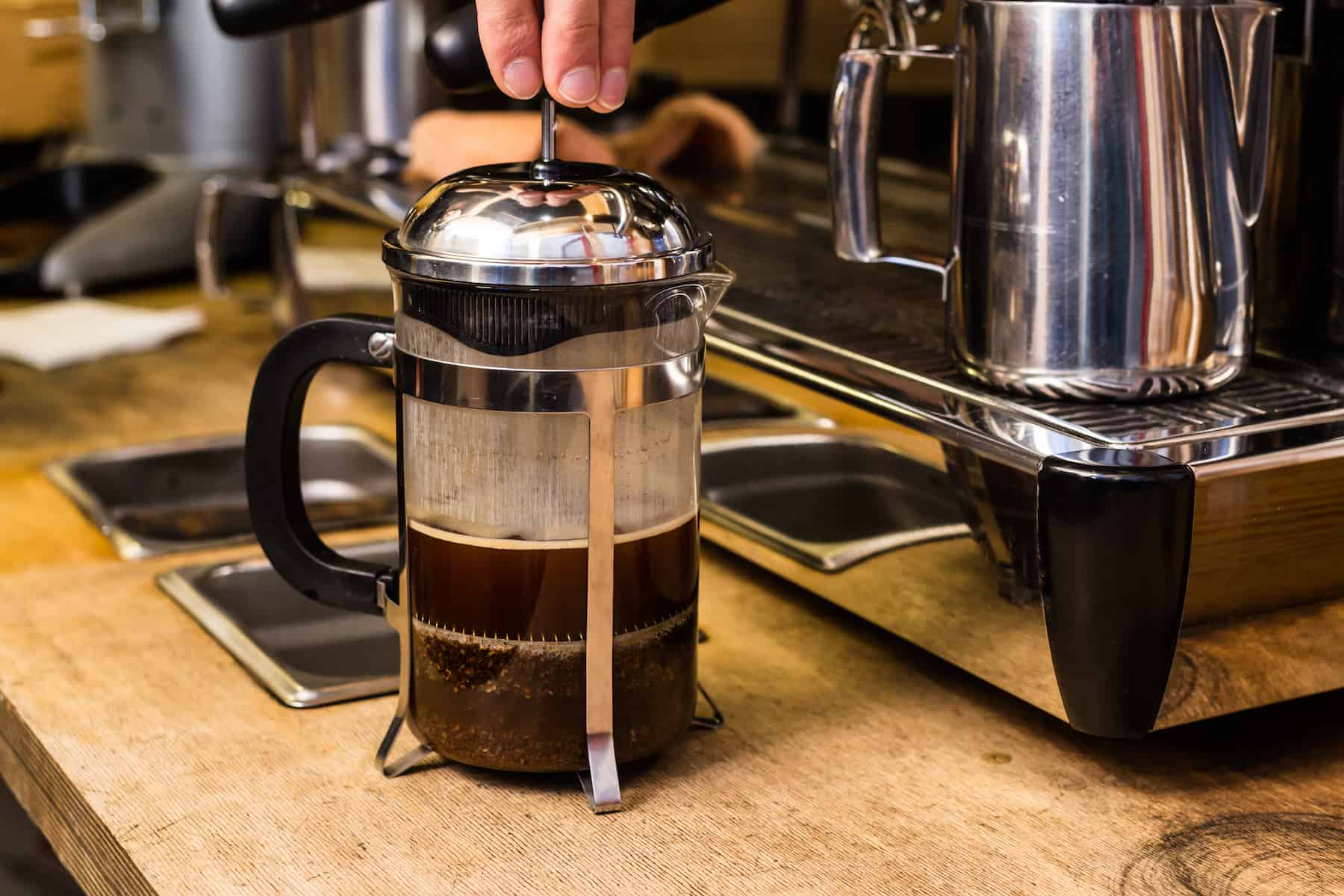French Press vs Pour Over Coffee Maker
Manual coffee brewing has become wildly popular over the last few years, particularly French presses and pour over methods.
It’s not just well-heeled gourmets and coffee snobs who use these types of coffee makers — these days you’ll find everyone from college students to busy professionals using French presses and pour over setups at home.
Wondering which one you should try?
Here are the differences between pour over and French press coffee, as well as the benefits of using each method.
Advantages of the French Press
Coffee drinkers around the world have been using French presses for over a century, well before it became a trendy thing to do.
The method entails putting coffee grounds into a carafe, pouring in hot water, letting it steep, and then pushing down a plunger to separate the brewed coffee for drinking.
The result is a satisfying and rich taste. The texture and feel of French press coffee in the mouth is much different from pour over coffee, as it’s thicker — this is due to the water staying in contact with the grounds from start to finish.
The amount of oils drawn from the coffee during brewing are more pronounced with a French press, and that’s what makes this such a popular method with those who prefer strong brew.
Here are some of the things that many people love about the French press and you may appreciate as well:
Advantages of Pour Over Methods
It’s not certain just when pour over coffee makers originated, but they’ve been around in one form or another for hundreds of years.
Modern day versions have been altered to make them super efficient and easy to use, plus they’re also fairly inexpensive.
Like the French press, pour over coffee involves manually boiling water, letting it cool a bit, and then pouring it over coffee grounds.
The main difference is that the coffee grounds sit in a filter and don’t come into contact with the finished brew.
As a result, pour over coffee isn’t typically as strong as French press brew, although it has a great flavor.
The grit issue is another one that makes pour over coffee different.
It’s normal for the standard cup of French press coffee to have a bit of grit and be thicker, but pour over coffee has no grit and has a texture that’s more akin to what you’d get from an automatic drip machine: smooth and lighter.
Though pour over brew has a nice flavor it doesn’t have the strong hit that comes from French press coffee, which is why some people prefer using a pour over setup.
Here are the best aspects of using a pour over method:
Conclusion
If you’re wondering whether to go with a French press or pour over coffee maker, it comes down to your lifestyle and personal taste preferences.
Those who want coffee that’s strong, rich and bold, don’t mind coffee with a thicker texture, and want more flexibility with the types of grounds they can use should go with a French press.
Coffee lovers who prefer java with a more subtle flavor, don’t need to brew much at a time, can’t stand gritty coffee, or want a coffee maker that cleans up in a snap will be better off with the pour over method.
Since both types of coffee makers are so affordable, it certainly doesn’t hurt to have the best of both worlds and get one of each.

